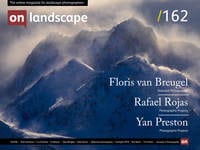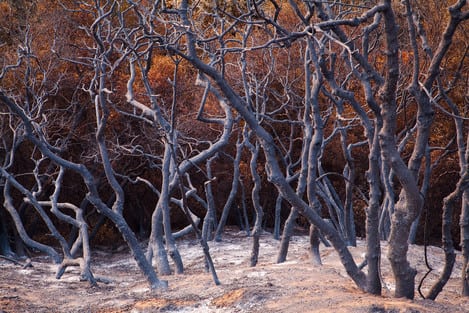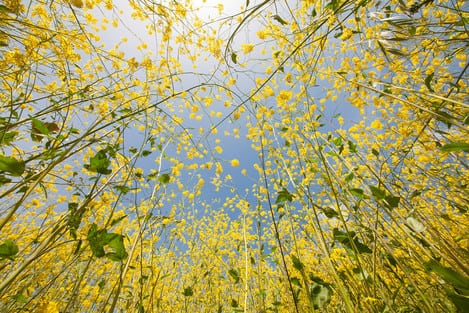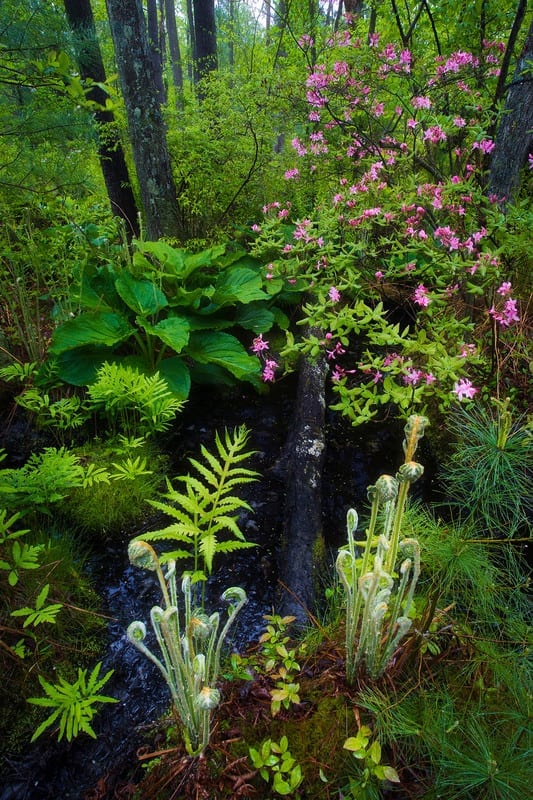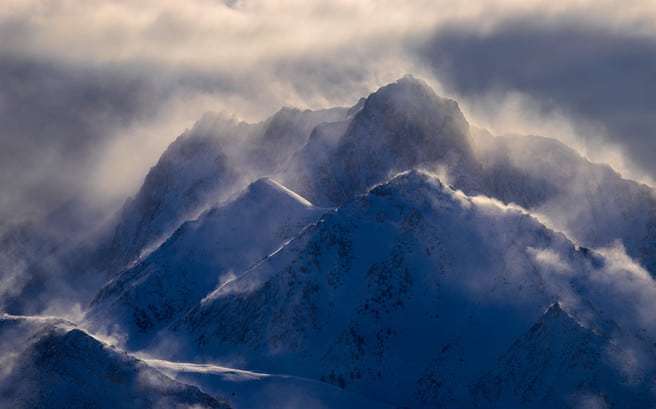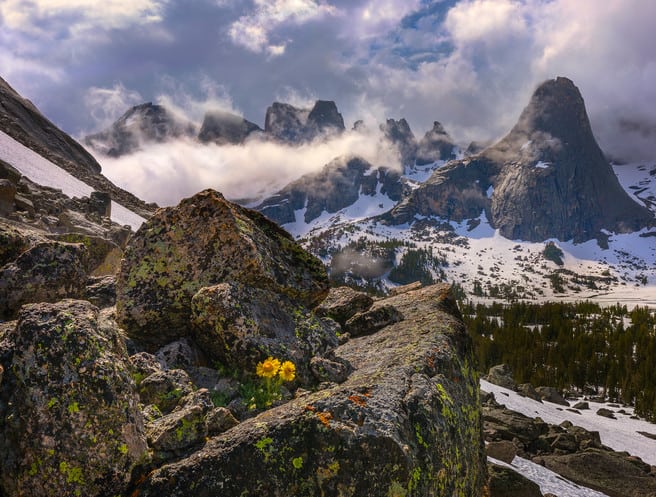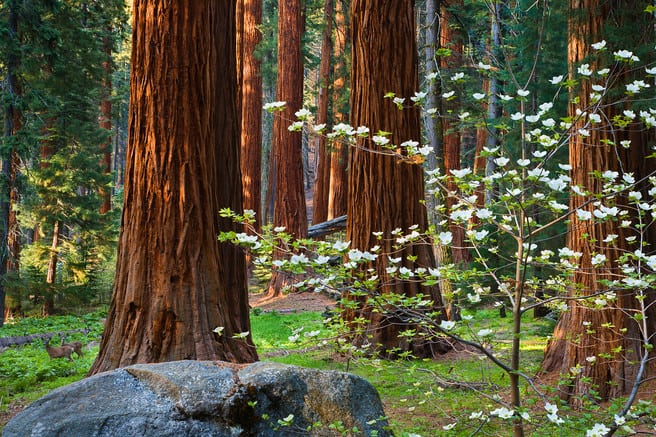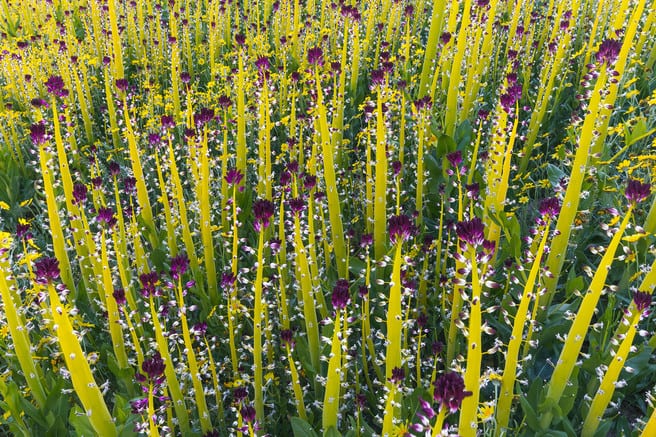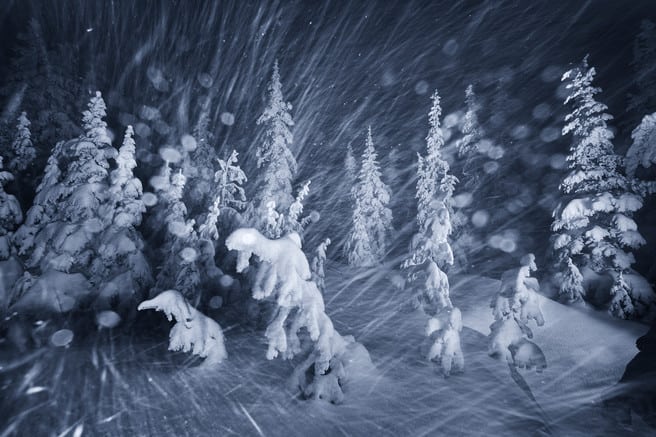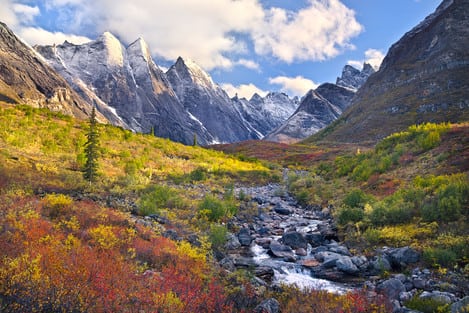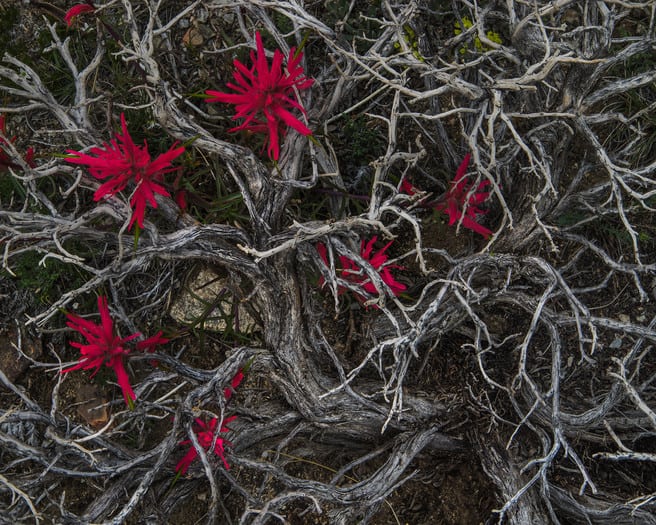Featured Photographer

Floris van Breugel
In his landscape and wildlife images, Floris van Breugel tries to capture the feeling of solitude, the peace and quiet, and the freedom that the wilderness offers. He is most at home making images far away from the ever-encroaching crowds of civilisation, and specialises in exploring the wilderness areas near his home in the American West. Floris van Breugel has a PhD in control and dynamics, and studies the behaviour and biomechanics of flying insects.

Michéla Griffith
In 2012 I paused by my local river and everything changed. I’ve moved away from what many expect photographs to be: my images deconstruct the literal and reimagine the subjective, reflecting the curiosity that water has inspired in my practice. Water has been my conduit: it has sharpened my vision, given me permission to experiment and continues to introduce me to new ways of seeing.
Not everything that comes out of America these days concerning the environment is uplifting (the same can be said of many countries) but I hope that our feature with Floris van Breugel will brighten your day. His photographs offer a different perspective on the American landscape that emphasises biodiversity and includes a sense of scale and delicacy while hinting at the epic adventures that may be had there.
Would you like to tell readers a little about yourself – your education, early interests and career to date?
I’ve always had an interest in exploring the outdoors and creating nature related art. At first, that was drawing and painting (birds in particular), and I used photographs from books as source material. That got me interested in eventually taking those images myself, but bird photography (especially 20 years ago) was prohibitively expensive. As digital cameras got better, I eventually did make the transition to photography as my creative outlet.
In the meantime, I studied engineering and did my PhD in control and dynamical systems applied to understand insect behaviour and neurobiology. I am currently a post-doc in biology, data science, and applied math, at the University of Washington, and will be starting as an assistant professor in Mechanical Engineering at the University of Nevada, Reno, next year.
How did you first become interested in photography and what kind of images did you initially set out to make?
I started out with an interest in photographing birds, but quickly gained an interest in a broader range of images like landscapes and abstracts.
Who (photographers, artists or individuals) or what has most inspired you, or driven you forward in your own development as an artist and photographer?
There are too many to name, but two that do stand out are Guy Tal and Marc Adamus, both of whom I’ve been lucky to spend some time with.
I’m also inspired every year by the images in the BBC Wildlife Photographer of the Year, and the European Photographer of the Year awards. Many of the most creative images seem to come out of Europe – they don’t get caught up in big majestic landscapes like we Americans tend to.
Tell us a little more about your local area and the places that you are drawn back to?
I grew up in California and spent winters camping in the deserts (Death Valley), and summers backpacking in the Sierra. These two climates – the deserts and the mountains – have been my favourites that I keep coming back to. I like the stark simplicity, geometric patterns, and strange rock formations of the deserts, and the wilderness feeling of the mountains.
Are you able to devote time to photography on a regular basis or do you mostly make images when you travel or plan longer camping trips?
I wish it were more regular. I mostly make images when I travel or go on longer trips. I have on occasion made images I like near my home, but I usually find it hard to get in the right frame of mind unless I’m out in the wilderness somewhere.
What is, for you, the appeal of landscape photography? How much is down to the outcome (the image) and how much to the experience of wilderness and the sense of adventure?
I like photography in general because it gives me a chance to make art while exploring nature outside. I’ve gravitated mostly towards landscape photography because it doesn’t require as much patience as wildlife photography. I spend a lot of my time exploring – wondering what the view would look like from over there, then going there, getting distracted by something along the way, etc. I find that having a goal of making some kind of image helps motivate me to get out and explore, but once I’m actively out there, I find all sorts of other things that interest me.
There’s often a story behind your images and you often give details about the flora or allude to the science involved. To what extent – and how – does your knowledge and experience as a scientist inform your photography?
I try to combine my photography and scientific background as much as I can. For trips to new places, it means that I am motivated to learn about what I have seen and photographed. Then, when I return, I have new knowledge to help me inspire ideas for new images.
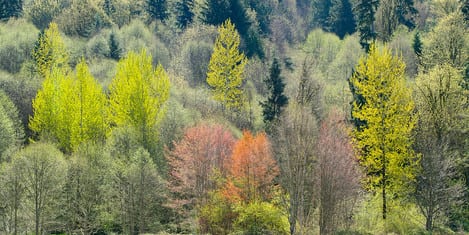 I find the attention you give to the biodiversity of a place particularly interesting. We’re used to seeing the landscapes but it’s wonderful to get a feeling for the richness of flora and fauna, and the way that this changes with the season. What impact do you hope that this will have on the viewer?
I find the attention you give to the biodiversity of a place particularly interesting. We’re used to seeing the landscapes but it’s wonderful to get a feeling for the richness of flora and fauna, and the way that this changes with the season. What impact do you hope that this will have on the viewer?
I always like to include ephemeral accents to my images, like flowers, spring greenery, morning dew, autumn foliage, fresh snowfall, or wildlife. I like the challenge of finding such accents, and I think it lets me show the complex relationships of natural systems.
Aside from the physicality of your adventures, you also suffer from a pollen allergy so I guess it could be said that you really do suffer for your art?
I suppose that’s true. However, I actually find it obnoxious when photographers focus on the suffering they endure. Whenever I feel like I’m suffering, I just think about some of the great historical explorers, like Ernest Shackleton and his crew aboard the Endurance who spent two years self-rescuing from Antarctica. Nothing I, or any photographer I have ever known, has experiences that compare in any way. So, let’s just focus on the beauty and wonder instead.
You often include some small plant in the foreground to emphasise the scale of the mountains (Early Bloomers) or the breadth of the view. It’s a very effective compositional tool and gives the impression that even if you’re not shooting an intimate or abstract view, detail remains important to you. Can you talk a little about the cameras and lenses you like to use and how they influence the images that you make? Has this changed over time?
I currently have a Canon 5D Mark IV, and an assortment of Canon lenses. I mostly use zooms (16-35mm, 24-105mm, 70-200mm, 100-400mm), and also have a few primes (15mm fisheye, 100mm macro, 500mm). My most used lens is probably the 16-35, as it lets me compose wide angle views to incorporate small accents like flowers in the image, but it’s also long enough to work as a somewhat “normal” lens. I try not to let my lens dictate the image – when I see a scene, I choose the lens to fit the scene.
Would you like to choose 2-3 favourite photographs from your own portfolio and tell us a little about why they are special to you?
It’s very hard to choose favourites! I like a lot of my images for very different reasons. But, I’ll choose three that illustrate some of the components I strive for in my images.
This is one of my oldest photographs, from Sequoia National Park in the spring of 2008. These trees are so incredibly huge it’s impossible to describe the experience of being among them, and getting the scale to come across in a flat image is very hard. I was really lucky on this afternoon to capture two mule deer in the meadow. That fact that the deer are so small and inconsequential really makes the image for me. In addition to the deer, I really like the warm afternoon sunshine, which adds a lot of depth. Making effective images with direct sunlight, especially in a forest, is challenging, but I find that when it works, it works so much better than flat light. There is just more life, depth, and colour.
I love photographing strange things and patterns that make you wonder and question what it is that you’re looking at. These flowers are one example of such a scene. The density of flowers was just perfect, and the contrast between the yellow stalks, purple flower tips, and white buds, keeps me coming back time and time again.
I think this snow storm scene might be one of my most creative images, and it highlights how I really enjoy playing with light to create a dynamic image. Here I used my headlamp to illuminate the snow forest and falling snowflakes for a few minutes. I haven’t done much light painting like this recently… I should give it another go sometime!
What part does processing/editing play in realising your vision? Can you give readers an insight into your workflow?
Processing is certainly a big part of making my images come to life. It’s gotten a lot easier over the past decade, and now I can get 90% of the way there just processing the raw image in Adobe Camera Raw. The main adjustments I’ll make are balancing the shadows and highlights and getting the colours to where I want them. Then I’ll make some localised adjustments in Photoshop. I really like adding some extra warmth to the highlights of my images, especially ones that feature direct sunshine. I find this adds a little extra depth.
How important a part of the process for you is printing an image and what, for you, makes a good print?
I spent a lot of time learning to print early on and used to have my own printer for making prints. But, as life got busier, I decided that printing was not as important to me as making images and processing them. Since I know what paper I like, and I use a calibrated workflow, I trust others with calibrated printers to do a good job. I do still have a small printer and will sometimes make a test print if I’m not quite sure how something will come out.
Do you have any particular projects or ambitions for the future or themes that you would like to explore further?
Many years ago I photographed the synchronous fireflies in Tennessee, and I would love to revisit that both photographically and scientifically. In general, non-traditional light sources like that are really intriguing to me.
I read that you’ll be moving from Seattle to Reno next year – how might this alter things for you photographically in terms of the places that you’ll have access to or the amount of time you’ll be able to devote to your interests?
In terms of locations, I can’t think of a much better spot for my interests, so I consider myself lucky to end up there. I’ll be right next to the Sierra Nevada and the Eastern deserts, two of my favourite places. Plus, I’ll still be within a long but reasonable drive from the southwest and northwest. I will miss the wild coastlines of the Olympic Peninsula, and the ruggedness of the Cascades, but it’s a sacrifice I’m okay with. As far as time, unfortunately, I will probably have less time as a new faculty member at the university, but I hope to continue finding ways to combine my research with photography as a tool for outreach.
If you had to take a break from all things photographic for a week, what would you end up doing? (i.e. do you have other hobbies or interests)
Recently I’ve gotten interested in woodworking. I’m currently finishing my 3rd piece, a live edge coffee table made from four slabs of black walnut. It’s nice to learn something completely different, very practical, and that I can work on without having to drive a few hours.
What was the last image (by another photographer) that stopped you in your tracks?
This image simple blows my mind: http://www.patrikbartuska.com/?photo&id=89
Is there someone whose photography you especially admire that we may not have heard of and whose work you would like to see featured in a future issue?
Theo Bosboom consistently produces create images of scenes many of us would walk right past.
Thanks very much, Floris – I’m sure readers will enjoy looking through your images which benefit from being seen large as there’s a wonderful emphasis on light, season and texture. You can find more of Floris’ photography on his website https://www.artinnaturephotography.com/
And as we too enjoy Theo Bosboom’s images you can read the interview that we did with him here: https://www.onlandscape.co.uk/2015/09/theo-bosboom/

